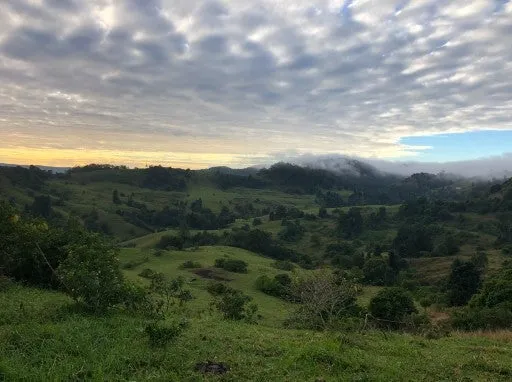Fox
Asset protection: The fox was introduced to Australia for recreational hunting. Foxes threaten native wildlife, agriculture on the Sunshine Coast. Foxes are now widespread throughout mainland Australia.
European red fox (Vulpes vulpes) is a restricted invasive animal under the Biosecurity Act. Foxes must not be distributed, moved, kept, fed or released into the environment. They are also listed as an asset protection species in our Biosecurity Plan. These species occur across the whole of the Sunshine Coast. They cause some impacts where they occur. These species should be managed when they threaten or impact high-value assets. This may include important environmental, agricultural, or community areas.
Where they live
Foxes are found in nearly all areas of the Sunshine Coast, from the coastal dunes to the hinterland. They are common in areas on the rural-urban fringe.
Problems caused by foxes
Foxes pose a serious threat to native wildlife. They play a major role in the decline of many Australian marsupials.
Foxes eat unhatched turtle eggs and threaten species such as the endangered Mary River turtle as well as the green and loggerhead sea turtles. Other species threatened by foxes include the threatened long-nosed potoroo, eastern ground parrot and water mouse.
Foxes are also a threat to livestock and domestic animals, especially chickens.
Protecting against foxes
Under the Biosecurity Act all Queenslanders have a general biosecurity obligation (GBO).
To get help to protect your place from foxes or to learn about council's fox control programs, visit the managing invasive animals web page.
More information
- Download the Identifying a fox den fact sheet (PDF, 221KB)
- Visit the Biosecurity Queensland website

